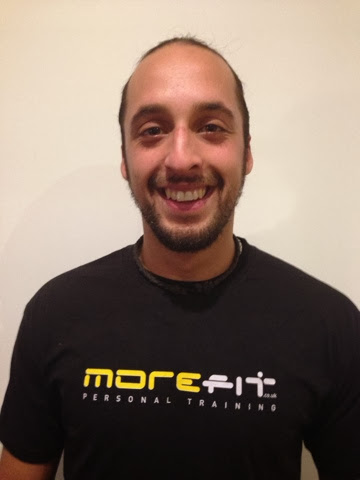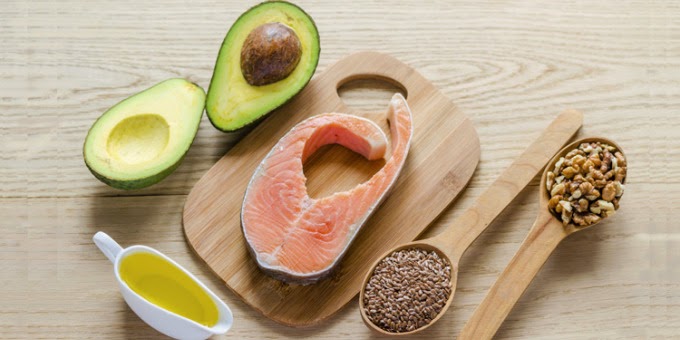By Anthony Masters
Many of my clients ask why I don't put much abdominal training into their sessions or programs. Despite the fact that over 90% of the exercises I give them forces them to engage their core much more than most isolated core exercises such as your traditional sit ups or planks. There seems to be this old school conception amongst most people that in order to have strong abdominals & core you need to do some form of isolated abdominal exercises, generally those done on the floor. Well I disagree. I hardly do or did in the past any isolated abdominal exercises, mainly because I hate doing them and they are not as effective as when I was unconditioned. I can squat 1.5 times my body weight and deadlift 2.5 my body weight, that means I can deadlift 200kg... Do you think I need a strong core for that?
Here is an interesting article by strength coach Charles Poliquin where he discusses this topic making good comparisons to Olympic weightlifters whom don't implement a great deal of isolated abdominal exercises into their program. Yet they are considered top athletes with stronger and thicker external & internal obliques and deep abdominal walls than athletes in other sports.
http://www.poliquingroup.com/ArticlesMultimedia/Articles/Article/1093/Rediscover_Your_Six-Pack.aspx
To further back this point is a study published in 2011 by physical therapy clearly showing as I have mentioned above making comparisons between female weightlifters to other active control groups.
http://www.ncbi.nlm.nih.gov/pubmed/22085710
So don't get me wrong, I am not saying that isolated core exercises are a waste of time, as a matter of fact they are great. I would even recommend that most people learn some key core exercises deriving from gymnastics such as the hollow body which done correctly forces you to engage more than just your core. If you are a total beginner to exercise core exercises will be challenging and effective and will hopefully learn how to engage your core consciously. However I have also found that like Charles mentions, after 4-6 weeks of abdominal training they aren't very effective.
A lot of my training revolves around Olympic weightlifting, tennis, rock climbing and gymnastics. Fortunately most of it is very functional and forces me to always engage a lot of muscles in my body. So this is what I get most of my clients doing and I also recommend you implement into your training.
Here are a few tips to improve core strength:
1) Perform compound lifts such as the deadlift or squat. I also recommend going heavy, 8 reps or less. Your core will be put under a lot more pressure at this intensity as appose to doing high reps like you find in a typical body pump class. Furthermore the squat & deadlift are both very functional movements in nature, for instance the deadlift is simply picking something from the ground which we tend to do everyday. So learn to engage your core in movement patterns similar to our daily activities and you are more likely to prevent injury.
2) Presses and pull ups are also great for core strength if done properly, remember your abdominals link the upper and lower part of the body. Performing a standing military press for instance will force you not only to engage your core but also back and legs. Done with sufficient weight and you will feel how you have to embrace your core.
3) Most functional exercises are also beneficial, I particularly enjoy using the kettlebell for single arm squats or Turkish get ups which put your body in a slightly compromised position putting more emphasis on core stability.
4) Focus on breathing techniques where you have to consciously activate you TVA (transverse abdominus). Even Pilates or yoga classes would be great place to learn this, where you will also be taught how to engage the rest of your body whilst doing the abdominal exercises.
5) Address your stress and lifestyle. Cortisol plays an important role within the body, those that find they put a lot of fat on around the stomach is most likely due to some form of stress whether it be nutritional, physical or even mental. This will inevitably affect how well your body performs in general, hence your core. If you are interested in the role of cortisol read "The cortisol connection" by Shawn Talbott.
6) Nutrition and gut health is also very important, over 75% of the population are carb intolerant. More specifically the carbs that derive from processed foods such as cereals, bread, rice, pasta etc. Most of us have learnt to live with the consequences of a high carb diet and consider it normal I.e the bloated and lethargic feeling after eating, indigestion, poor sleep and so forth. Those that built up intolerances to carbs will build up more inflammation within their gut. Unfortunately anything that inflames your gut will shut off the neurological reflex to your deep abdominal wall, thus it won't work as well. So in simple words, address diet and lifestyle. For more detail on this topic here is a link by Paul Chek where he discusses leaky gut syndrome.
http://www.coreonehealth.com/food-intolerance-may-be-making-you-tired-and-fat
7) Play with gymnastics. Gymnasts have great trunk musculature due to the amazing movements they practice. Hollow body being one of the fundamental exercises they use and is incorporated into most of their movements whether it be a handstand, press up or ring work. This is simply body weight exercises taken to high levels. When was the last time you did a handstand, cartwheel or backflip? Rediscover these movements and see how different it feels. Here is a link to an advanced hollow body exercise.
http://m.youtube.com/watch?v=qgV51C4ebRs
There is plenty I have not mentioned or gone into depth with but I hope this enough to get you started and thinking on how to improve your core strength.
About Anthony Masters
Anthony has been in the fitness industry for over 16 years. In the early years competing as a semi-pro tennis player touring internationally on the ITF circuit, later in life exploring the practices of CrossFit, rock climbing, snowboarding, Olympic weightlifting and triathlons. In order to improve his knowledge and better himself as a trainer for his clients he has continued to research vast subjects, getting into official and unofficial studies of anatomy, physiology, psychology, bio-mechanics, training methodology, nutrition, sports and mind-body practices.
As a personal trainer, Anthony's aim is to get the body moving and feeling better. Having worked with clients with a variety of goals ranging from stress reduction, fat loss, rehabilitation, strength training, pre/ post natal, endurance and sport specific training he is confident to tailor a specific training program to the clients individual needs. Making every session different, challenging and fun anthony's motto is "you give him 100% and he will give you 110% back" as your success is his success!
If you'd like to train with Anthony. Send an email to info@morefit.co.uk with you availability for sessions and we'll book you in the diary.


